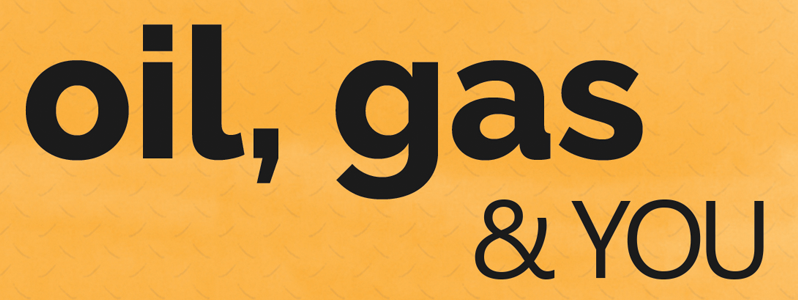EXXONMOBIL Guyana recently submitted an extensive Cumulative Impact Assessment (CIA) to the Environmental Protection Agency (EPA) to cover a planned 35-well drill campaign during the third quarter of this year.
The CIA outlines that the proposed campaign’s goal is to discover new finds and evaluate existing hydrocarbon reservoirs in the Stabroek Block to support future development projects in the area.
CIAs are important steps to analyse and help minimise the impacts of projects like the drill campaign. While the exact location of those 35 wells is still being finalised, the campaign is expected to have insignificant to minor impacts on physical, coastal biological and marine biological resources.
Right now, it’s being discussed that some of the wells will be drilled for exploration purposes and the other wells may be drilled as appraisal wells to assess the physical attributes of the oil and gas deposits already found.
With drilling scheduled to begin in the third quarter this year and continue through 2028, Guyana is likely to see increased potential for more development and revenues in the coming years. To date, ExxonMobil Guyana has made over 30 discoveries on the Block since 2015, and its third producing project, Payara, is on track to come online by the end of the year.
In addition to this proposed campaign, the Stabroek Block co-venturers and the government are discussing the relinquishment of a portion of the block which would help facilitate the administration’s plan for direct partnerships.
According to Vice President, Dr. Bharrat Jagdeo “[next] year, ExxonMobil will have to give up 20 percent of their holdings. So, all of those will be available for some form of bilateral engagement, where we can actually see joint production or exploration-related activities.” These blocks will be set aside by the government and not offered in the ongoing licensing round.
As exploration campaign plans get approved and work begins, it means there will be more jobs and opportunities to train Guyanese on industry-specific skills needed to participate in the local oil and gas sector.
Already, thousands of Guyanese are employed in supporting the industry, but according to a study from the International Labour Organization, despite progressing well, Guyana’s labour market still faces a significant technical skills gap.
However, the government and private sector can continue to develop and adapt their expanding array of education and training programmes to keep up with the changing socio-economic environment. The latest exploration campaign will, hopefully, one day, translate into projects. Developing workforce capacity now is an important step to ensuring that Guyanese continue to play ever-increasing roles in that development. The preemptive efforts already undertaken by government and industry are indications of the long-term investment in Guyana’s success.
More exploration could one day mean more oil revenues. Already, Guyana is on good footing after starting the year with its national budget being almost 30 per cent funded by oil and gas revenues.
The Senior Minister in the Office of the President with Responsibility for Finance, Dr. Ashni Singh, highlighted earlier this year that real GDP is expected to grow by 25.1 per cent this year, putting Guyana’s economy among the top five fastest growing economies in 2023.
Guyana is ripe for opportunity, and with new developments on the horizon, the government is making positive steps to capitalise on its resource while educating, equipping and developing its workforce for long term engagement in the country’s local oil and gas sector. Guyana is solidifying itself as a major emerging oil producer and taking its place as a key influencer in the Caribbean.



.jpg)











